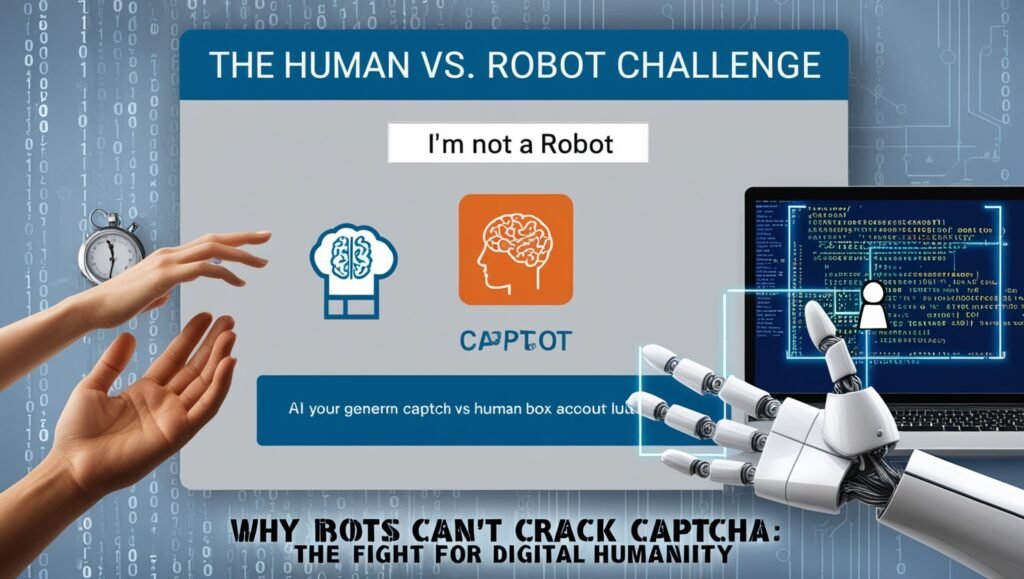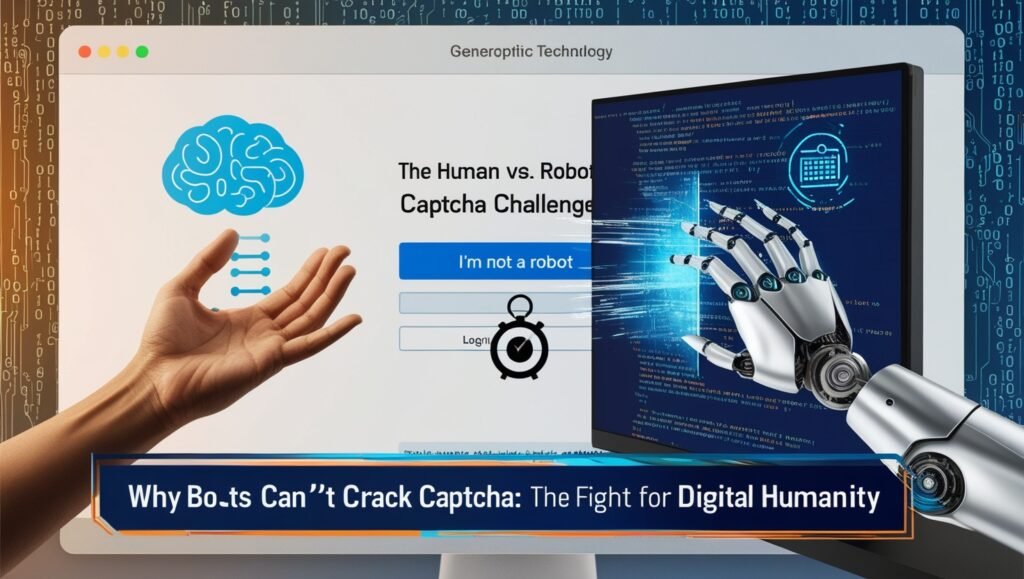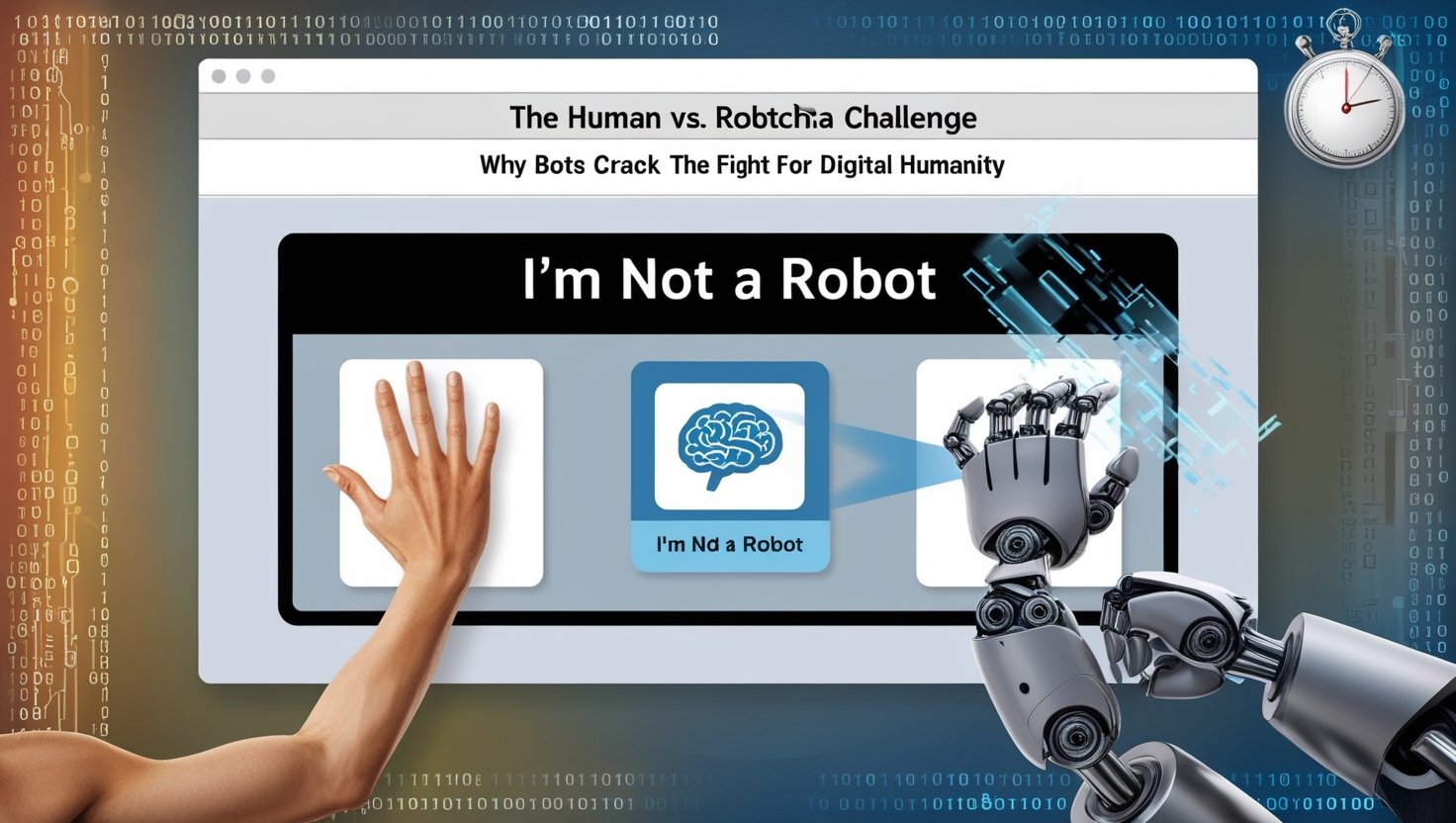In today’s digital landscape, the phrase “I’m not a robot” has become increasingly common as websites strive to differentiate between human and automated traffic. This simple checkbox appears within various online forms, from account registrations to logging into services. By clicking this box, users confirm their humanity, thus preventing bots from misusing online platforms. But one might wonder, why can’t robots simply check this box themselves? The answer lies in the way CAPTCHA technologies function, the complexities associated with artificial intelligence, and the ongoing battle between security measures and automation.

Understanding CAPTCHAs
CAPTCHAs, which stand for Completely Automated Public Turing test to tell Computers and Humans Apart, are designed to differentiate between human users and bots. At their core, CAPTCHAs assess whether a user can complete tasks that typically require human cognitive abilities. One prevalent variant is the checkbox CAPTCHA, which asks users to confirm their humanity by checking a box labeled “I’m not a robot.” While this task may seem effortless for humans, it presents significant challenges for automated systems.
The Mechanism Behind “I’m Not a Robot”
The “I’m not a robot” box leverages several underlying principles to ensure verification. Once clicked, the system analyzes user interactions, such as mouse movements, the speed of the click, and even browser metadata to detect patterns that indicate whether the user is a human or a bot. This method takes advantage of the subtle nuances in human behavior, which are often hard for bots to replicate.
Why Bots Fall Short
- Behavioral Analysis: Humans exhibit unique behavior patterns when interacting with a user interface. For example, humans tend to move the mouse cursor in fluid, irregular patterns, while robots tend to perform actions in a linear and predetermined manner. CAPTCHA systems can detect these differences, allowing them to thwart bots attempting to check the box.
- Machine Learning Limitations: Modern bots often use machine learning to mimic human behavior. However, replicating the nuances of human interaction is still a complex task. Although some advanced bots can perform more sophisticated manipulations, they still struggle with tasks that require emotional intelligence or spontaneous responses, elements inherent in human interaction.
- Constantly Evolving Security Measures: CAPTCHA systems are continuously updated to counter newly emerging threats. Cybersecurity professionals consistently analyze and redesign these systems to ensure bots cannot overtake them. Enhanced CAPTCHAs may include challenges such as identifying objects in images or solving puzzles that are simpler for humans but perplexing for machines.
The Impact of AI on CAPTCHA
The rise of artificial intelligence (AI) has raised questions about its potential to bypass CAPTCHA systems. Some bots, powered by advanced AI, can simulate human responses to a degree. However, there’s still a fundamental difference in cognition between humans and even the most sophisticated bots.
AI vs. Human Cognition
Humans process information by integrating sensory experiences, emotions, and contextual understanding—facets AI still struggles to grasp fully. The emotional nuance attached to understanding context in visual tasks, for instance, is a realm where AI continues to face hurdles. While AI can analyze images or texts, the understanding of complex human emotions and spontaneous responses remains a challenging frontier.
The Arms Race Between Bots and Security
As AI technology progresses, the line between human capabilities and automated systems continues to blur. This has led to an ongoing arms race between cybersecurity professionals and bot developers. Companies continually innovate, implementing more robust security measures to distinguish genuine users from automated systems effectively.
The original CAPTCHA technology has evolved into more sophisticated forms of frictionless verification systems, such as reCAPTCHA v3, which analyzes user behavior across websites to assign a score indicating the likelihood of being human. This ongoing evolution showcases the complexity of maintaining a secure online environment against advancing bot technology while ensuring a seamless user experience for genuine users.
The Future of Online Security
The task of verifying human identity online is far from simplistic. As technology advances, we will likely see significant changes in platform security strategies. Future innovations may include biometric verifications like fingerprint scans or facial recognition technologies, which provide a more foolproof method of distinguishing humans from machines.
However, these methods bring their own set of challenges. Concerns around privacy, data security, and accessibility will shape the discussion around new verification techniques. As internet users become increasingly aware and wary of data collection practices, striking a balance between security and user autonomy will be crucial.

Conclusion
In conclusion, while robots can perform increasingly sophisticated tasks, the simple act of checking the “I’m not a robot” box involves complexities that remain challenging for even the most advanced AI systems. Behavioral nuances, limitations in AI cognition, and the continuous evolution of CAPTCHA technologies all contribute to safeguarding online interactions against malicious bots.
As we venture deeper into an era defined by AI, the conversation surrounding online security will grow in complexity. Our responsibility as users will be to remain informed and adaptable in this digital landscape, navigating the ever-shifting terrain of trust and technology.




Your point of view caught my eye and was very interesting. Thanks. I have a question for you.